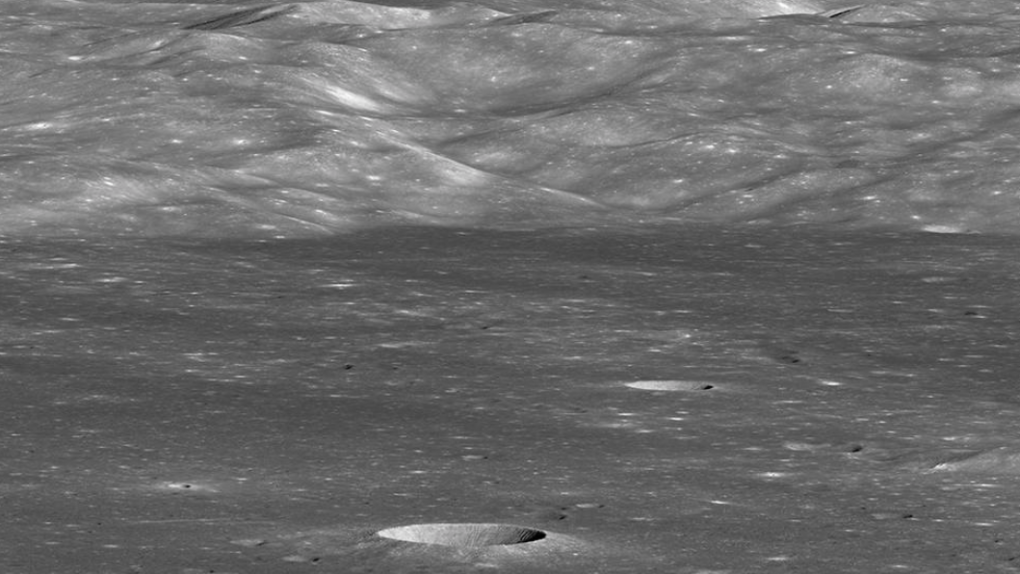- The European Space Agency says urine could play a major role in the construction of lunar bases.
- The urea in urine makes it an ideal ingredient to combine with lunar soil, creating a sort of ‘lunar concrete’ that hardens into rigid shapes.
- Visit BGR’s homepage for more stories.
Not long ago, researchers published a study revealing that a combination of pee and lunar soil may provide suitable building material for space travelers. The study suggested that the urea in astronaut urine could play a crucial role in mixing a concrete-like material for construction purposes. Now, the European Space Agency is doubling down on the idea, noting that astronaut pee will likely play a big role in space exploration.
With NASA, China, and the ESA all eyeing Moon missions in the coming years, the idea of setting up semi-permanent lunar bases is getting some serious attention. Many possible options have been proposed, including using hollow lunar lava tubes as makeshift homes.
While Moon caves might work in a pinch, it would be ideal if astronauts could rapidly build shelters that would protect them while offering them an opportunity to carry out scientific objectives. That means having material readily available to use for construction, but hauling supplies into space is already a challenge, and it wouldn’t be feasible to expect a mission to carry building materials on top of everything else.
The good news is that the Moon is big, rocky, and covered in loose lunar soil called regolith. It’s a material that may have many uses, but in this context, its most important attribute is that, when combined with urine, it becomes a workable substance that eventually hardens. Like concrete, it could be formed into foundations for structures or even bricks to provide support and protection.
“The science community is particularly impressed by the high strength of this new recipe compared to other materials, but also attracted by the fact that we could use what’s already on the Moon,” Marlies Arnhof of the ESA’s Advanced Concepts Team said in a statement. “Urea is cheap and readily available, but also helps making strong construction material for a Moon base.”
In the study, scientists used simulated lunar regolith and experimented with various mixtures to find the right consistency. Once that ratio was nailed down, they tested the properties of the resulting “lunar concrete.” One of the big benefits of using a material that is already present on the Moon is that it holds up well against the harsh conditions present there. In their testing, the researchers noted that the samples withstood temperatures ranging from -112 degrees to 237 degrees Fahrenheit.
We’re obviously still not at a point where we can even begin to plan for lunar base construction, and even if NASA manages to achieve its lofty goal of sending humans back to the Moon by 2024, they definitely won’t be doing any base building while they’re there. Still, lunar bases may be a possibility in the not-so-distant future, and if they are, pee will probably be part of the plan.








